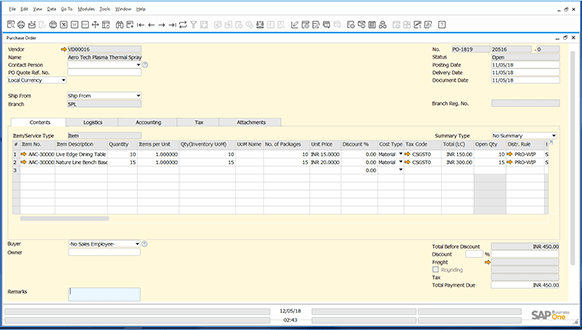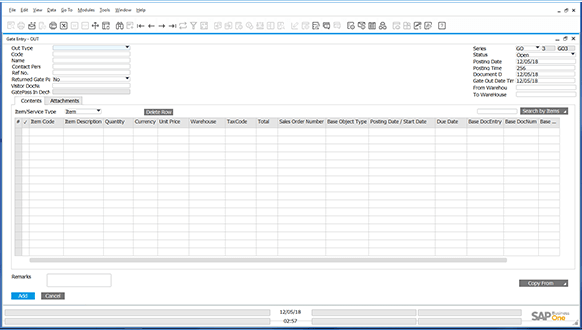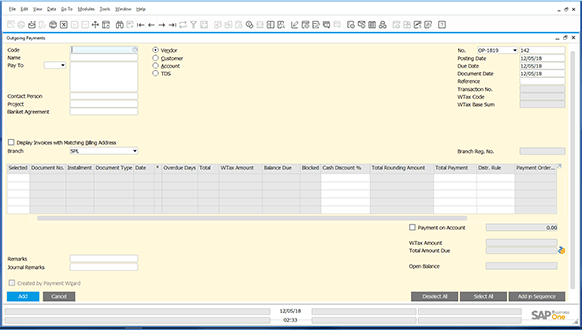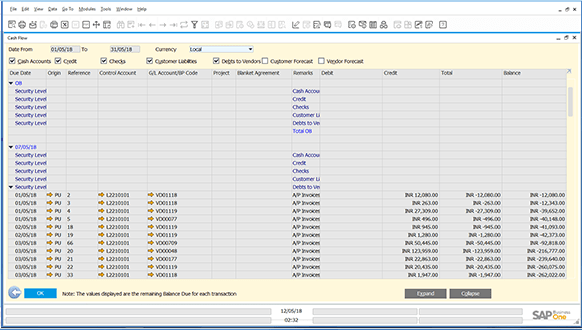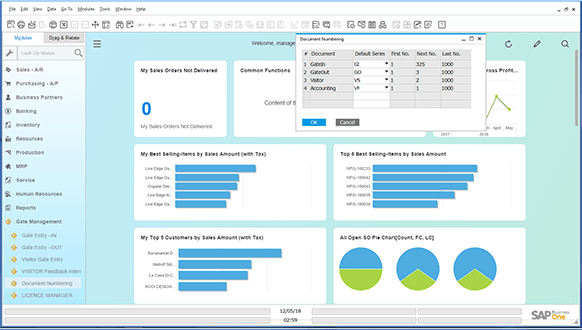Internet of Things
The Internet of Things is a network of physical objects vehicles, machines, home appliances and more that use sensors and APIs to connect and exchange data over the Internet. The IoT depends on a whole host of technologies such as application programming interfaces (APIs) that connect devices to the Internet.
Benefits of IOT
Manage your business with Internet of Things
New business models and revenue
Automatic product replenishment? Subscription services? Apps? The IoT is disrupting traditional business models and creating massive opportunities for companies to create new services based on real-time sensor data and information.
Operational efficiency
One of the biggest benefits of the IoT is the efficiency it can offer. Many companies are using it to automate business and manufacturing processes, remotely monitor and control operations, optimise supply chains, and conserve resources.
Workforce productivity
Wearables and other IoT-enabled devices are boosting workforce productivity and job satisfaction in many verticals. The technology is helping employees improve decision making, automate routine tasks, fast-track communication and more.
Enhanced customer experiences
From integrating customer care with actual product performance and usage, to delivering highly personalised products and services, the IoT offers many ways to create more compelling customer experiences across digital and physical worlds.
Key Sectors
Manufacturing
The Industrial Internet of Things (IIoT) is completely transforming the way products are made. Manufacturers are using the IIoT and M2M communication to drive industrial automation, predict and prevent equipment failures, improve worker safety and much more.
Transportation
Intelligent transportation systems are moving people and cargo from A to Z all over the world. Thousands of IoT sensors are used on planes, trains, ships and vehicles to optimise everything from engine performance and safety to logistics and supply chain management.
Automotive
Car manufacturers and tech companies are using the IoT to help drivers in connected cars (or smart cars) avoid accidents, predict maintenance issues, find parking spots and more. The IoT and machine learning are also bringing self-driving cars to the market.
Contact Us
Gita Mandir,Ahmedabad-380 022










